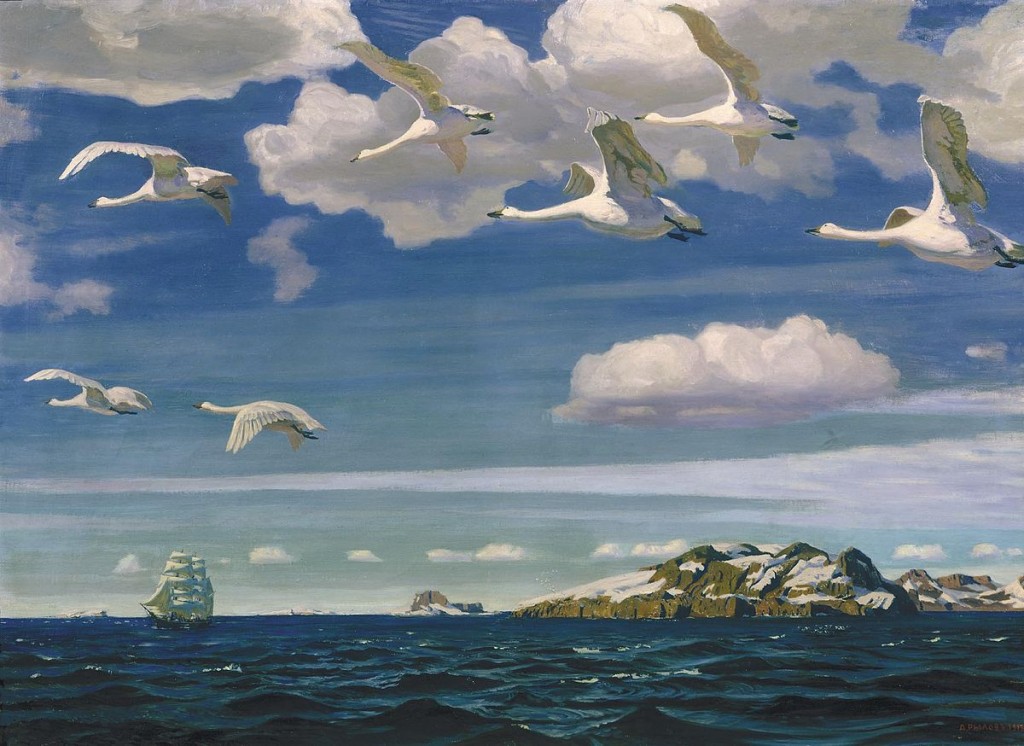The painting depicts a woman with a child, but this is not just a woman, it is a virgin holding a blessed child in her arms. Her gentle and at the same time sad look seems to know what an ungrateful future awaits her son. The child, on the other hand, is full of life, strength and energy, which is very clearly seen from his constitution.
The mother tenderly and tenderly holds her son in her arms, pressing the naked body closer to her, as if trying to protect him from all the troubles that life brings us. In the picture, a woman is depicted standing in heaven, because it was she who gave birth to the Savior, she brought the Blessing to the lands of sinners.
At first glance, the picture is simple and understandable, but Raphael always put more into the meaning of the picture than the “simple” one, uninitiated into the mysteries of the wonders of painting, could have realized. Spectators can linger for a long time in front of this picture, admiring the beautiful face of the mother and the still very childish, but already clouded mind, the face of the child.
Their integrity seems to tell us that their mission on earth is just beginning and the hardships prepared by fate will only emphasize the significance of their actions. After all, this is a Divine child, presented to the world, or maybe sacrificed, in order to show that all were born the same, that people, that the sons of the Lord, but only by pursuing righteous goals, you can find your place among the white clouds.
The Sistine Madonna is a masterpiece, because it combines incongruous phenomena, like a mortal human body and the sacredness of the spirit, like the birth of children and atonement for sins by murder, characteristic of “ordinary” people.
Everything is confused, everything argues with each other, but at the same time, one complements the other. Without the body, it would be impossible to portray a woman who gave the world a Divine child, without a spirit there is no life in the body, without the natural birth of a child into the world, as if people understood that they are also capable of walking the righteous path from birth, as without atonement for sin to become sinless.
So many emotions fit on one canvas, so many human minds and thoughts lay on the bed of knowledge of the truth, but only the author himself can say with confidence and without invention what exactly he meant by combining incompatible things.
Year of painting: 1513.
Dimensions of the painting: 269.5 x 201 cm.
Material: canvas.
Writing technique: oil.
Genre: religious painting.
Style: High Renaissance.
Gallery: Gallery of Old Masters, Dresden, Germany.



